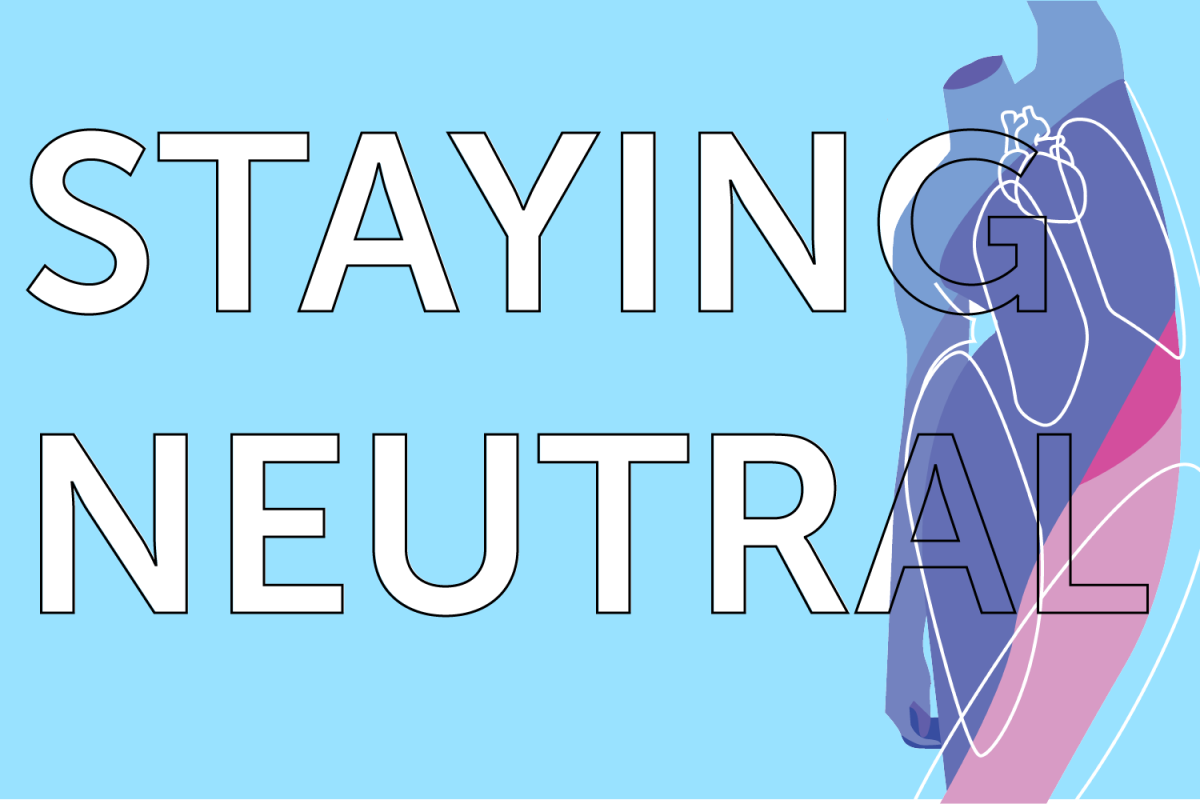Austin speaking:
I think everyone knows what we do after we finish an issue and send it to the press: we pass it out to the student body. But what happens between then and when we start pitching ideas for our next issue? We do a formal critique as a staff of our newest issue. We ask that each of our staff members take home a copy of the paper and a critique sheet and mark the you-know-what out of the paper, spotting errors or making notes indicating that there was something we really liked (i.e. “Wow! This design is stellar.”). By pointing out AP style errors that never got corrected, sharing what we could have done to make a page design look nicer, or pointing out that a photo could have had a stronger composition, we can only improve. And that’s why a critique is important.
Kristina speaking:
Generally we spend about 40 minutes doing a critique of our previous issue. By doing this, we stress the importance of learning from our mistakes. First semester, we would conclude our issue critiques by voting for the best story, photo, and design. The winners would get posted on the wall in the journalism room for everyone to see. Unfortunately we’ve forgotten to vote the past couple issues, but I really think it’s a great thing for the staff to see our strengths. Critiques are so crucial to a successful newspaper; it really forces the staff to look at what they think went well, and what they hope to improve for the following issue.
Hanna speaking:
Sometimes we get so wrapped up in starting a new issue that we almost forget to go back and really take a critical look at our last paper. It’s really important to look at the whole thing in a way that can help us acknowledge what we do well and correct what we don’t. While doing this, we want to make sure we are not pointing fingers at any specific people for mistakes. Obviously, we will point out when something could have been done better. But the goal of our critique isn’t to make someone feel bad, it’s to make them aware of things they can do better next time.










